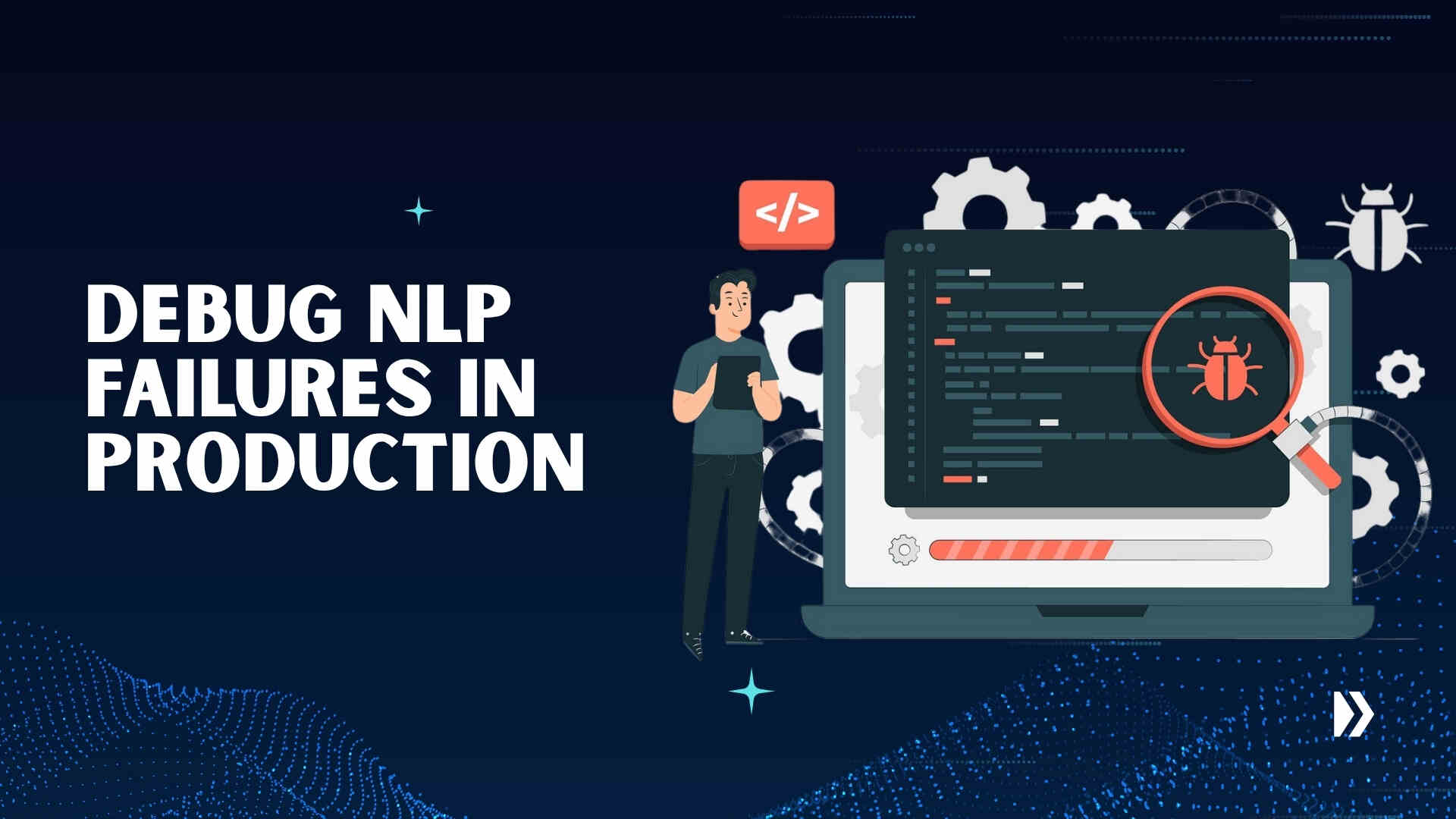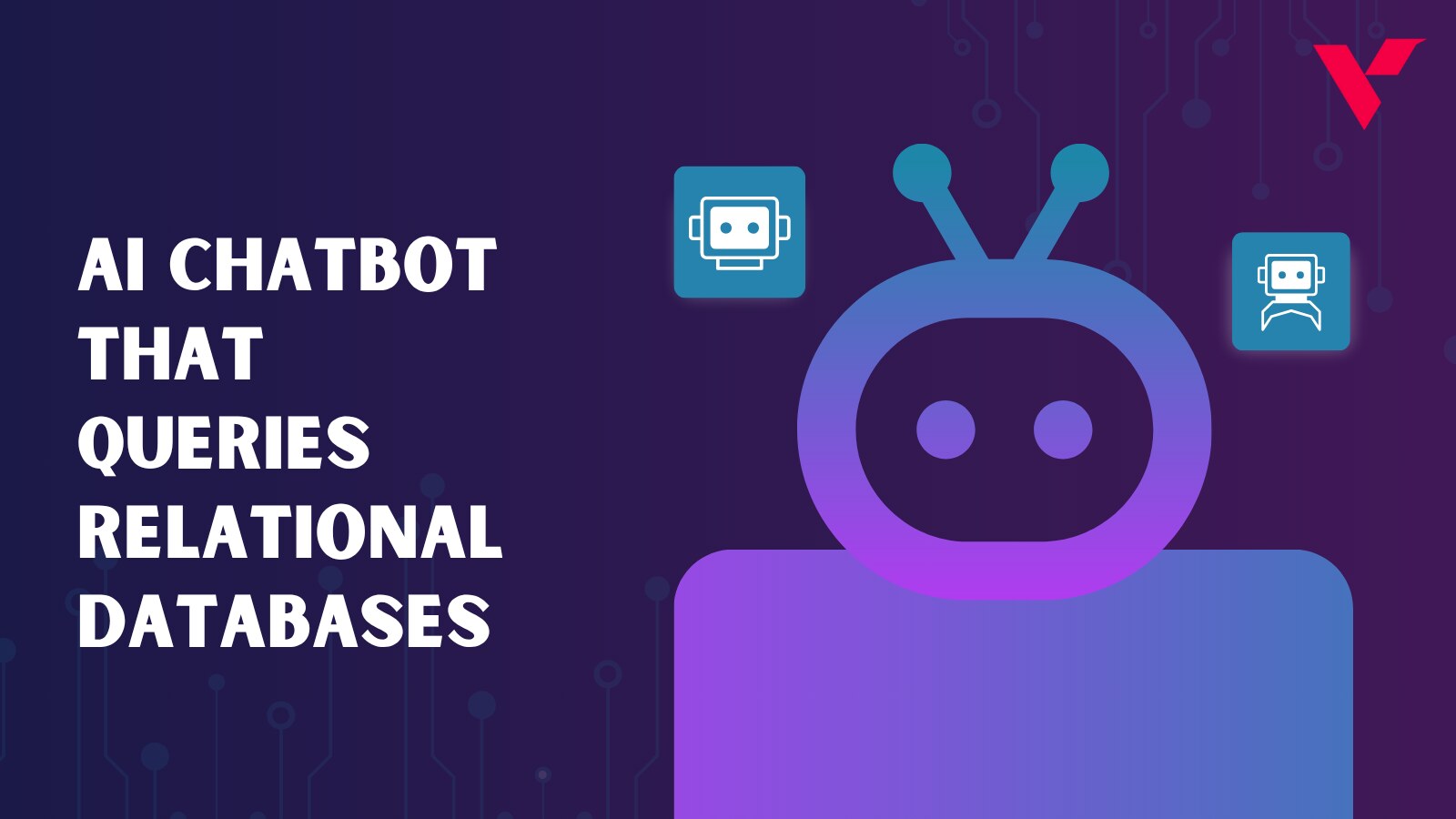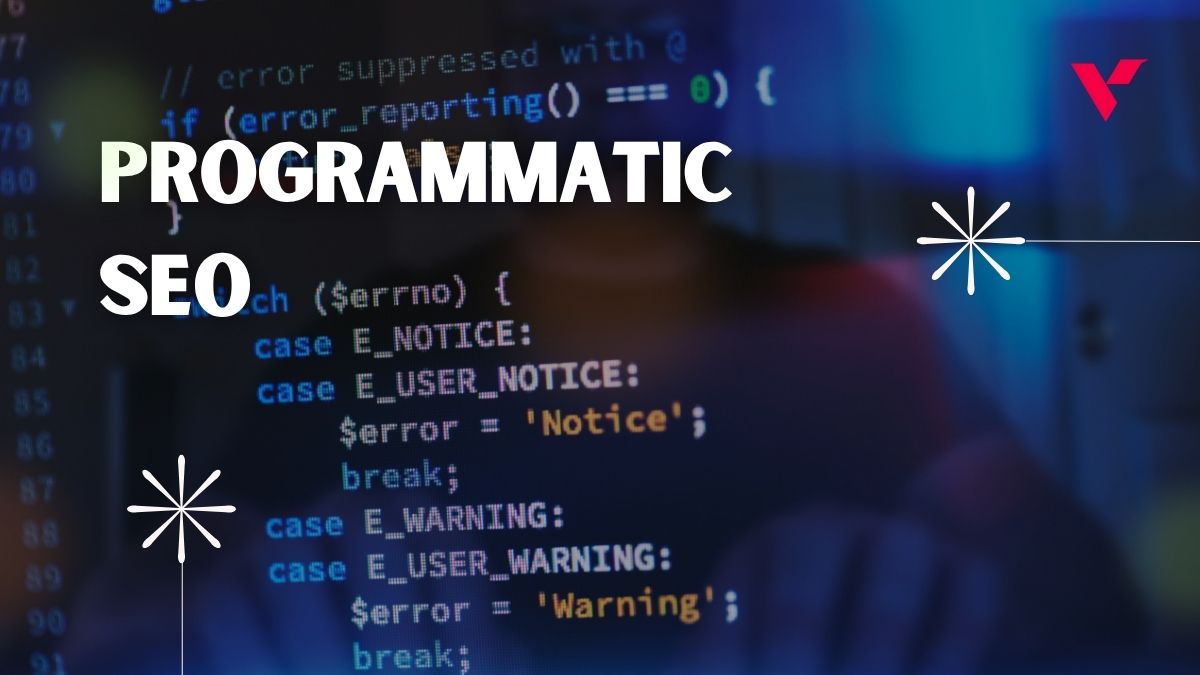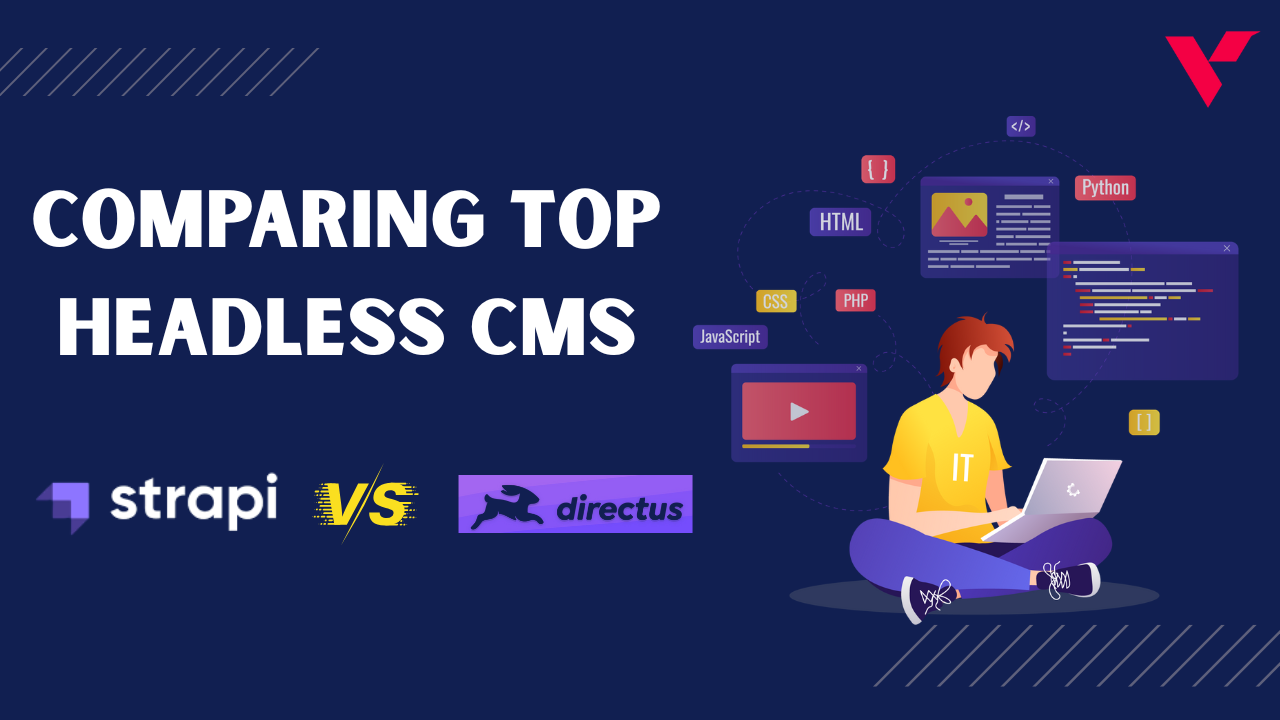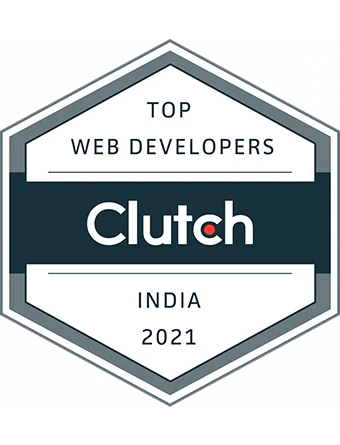Popular Tools by VOCSO
Artificial intelligence (AI) is a rapidly developing field that reshapes industries and pushes boundaries. When we step into the Generative AI development landscape it is one of the most exciting areas of large language models to experience. The technology can produce
- code,
- artwork,
- information,
- and more.
Reports indicate that this revolutionary capacity has yielded several benefits across industries, such as an astounding
- 40% boost in content production efficiency,
- a 75% increase in creative output,
- and an unparalleled 90% increase in the degree of automation in specific workflows.
This blog will explore the relevance of generative AI technologies used to build Gen AI applications. We emphasize how it’s changing conventional procedures and creating new avenues for creative thinking.
Table of Contents
Overview of Generative AI Development
One AI architecture advance that may be used to
- automate,
- augment,
- and independently execute business and IT processes
is generative pre-trained transformers. It is the model that powers ChatGPT.
Though the specifics vary depending on the use case, generative AI offers advantages such as
- expedited product development,
- more remarkable customer experience,
- and increased employee productivity.
Because generative AI produces possibly biased or erroneous artifacts, human validation is necessary and may even reduce the time workers can save.
Core Technologies for Gen AI Development
A robust Gen AI technology stack comprises core technologies for developing generative AI, or Gen AI. This includes data processing frameworks, such as PyTorch and TensorFlow, which are essential for creating and refining models.
Cloud computing platforms like AWS, Azure, and Google Cloud offer expandable infrastructure suitable for executing these approaches. Programming languages like Python are indispensable because of their extensive libraries and strong community support. Nevertheless, languages like R and Julia also have essential functions to perform.
Top Tools for Gen AI Developers
1. PyTorch and TensorFlow
| Criteria | PyTorch | TensorFlow |
| Key Differences | Dynamic schematicSuitable for research and testing | Static graphPrepared for production and deployment |
| Architecture | Graph for dynamic computing that is always changingSufficient for scientific research | Static computation graph, which is utilized repeatedly after being defined onceIdeal for implementing in production |
| Effects on Realistic Model Construction | Quick iterations and model debuggingEngaging performance | Quite consistent in terms of output |
| Quickness and Effectiveness | It is usually faster for small-scale models and developmentResearch-wise, practical | Large-scale models are the target audienceEnhanced outcomes in situations requiring extensive training |
| Scalability | Perfect for research and small- to medium-sized applicationsBeneficial for experimental models | Extremely scalable for widely distributed trainingOversees implementations at the company level. |
| Ease of Use | Intuitive user interface based on PythonIt’s easy enough for beginners as well as developers | More features but a steeper learning curve than beforeMany high-level APIs are available |
2. HuggingFace: Role in NLP and transformers.
Hugging Face is an ecosystem and system for data science and machine learning (ML) that assists users in
- creating,
- implementing,
- and refining ML models.
The infrastructure is provided to demonstrate, test, and implement artificial intelligence (AI) in real-world applications. Additionally, users can peruse other people’s uploaded models and data sets. Hugging Face is frequently called the GitHub of deep learning because it allows Gen AI tools for developers to share and experiment with their work freely.
3. GitHub Copilot: Gen AI Tools For Software Development
GitHub Copilot is intended to function as a pair programming AI. It isn’t constructed with a general-purpose LLM like ChatGPT, Google Bard, and Auto-GPT. It uses OpenAI Codex, which was trained on billions of lines of code snippets and specifically created to write functional code in dialects like:
- Python,
- Javascript,
- Go,
- PHP,
- Ruby,
- and Swift.
Copilot can be integrated with a few well-known integrated development environments (IDEs), such as Visual Studio and Neovim.
4. Jupyter Notebook: Interactive Coding Environment for Data Scientists
The Jupyter Notebook is an effective tool for interactively creating and presenting data analysis projects. It integrates code, graphics, narrative text, and rich media into a single document to create a unified and expressive workflow.
A notebook is fundamentally a document that smoothly combines code and its output. It lets you
- generate code,
- show the output,
- and add charts, formulas, and explanations in one location.
This improves the transparency, comprehensibility, and reproducibility of your work.
5. Scikit-learn and Pandas: Essential Libraries for Machine Learning and Data Manipulation
Sci-kit concentrates on machine learning algorithms, Pandas are mainly used for data processing and analysis tasks. Sci-kit offers a vast array of machine learning methods and tools for modeling evaluation and selection, while Pandas supply data structures and tools for machine learning engineers and data preprocessing.
- Visual Studio Code: Popular IDE with AI extensions.
Microsoft created the widely used open-source Integrated Development Environment (IDE), Visual Studio Code (VS Code). Companion to a wide range of Gen AI programming tools for developers, Visual Studio Code is renowned for its adaptability and rich ecosystem of extensions.
It has powerful features, including
- Git integration,
- debugging tools,
- and IntelliSense for code assistance.
Furthermore, by offering context-aware code recommendations, AI-powered add-ons like GitHub Copilot boost developer productivity by enabling them to create code faster and error-free. VS Code is a favorite among developers for various coding activities because of its potent features and AI integration.
Additional Tools and Technologies
1. Real-Time Training Data Management
Accurate and efficient generative AI models require high-quality training data. Tools like Labelbox, Dataloop, and Snorkel make
- data labeling,
- curation,
- and administration
more accessible, guaranteeing that datasets are clear, varied, and representative of actual situations. These solutions improve the effectiveness of the training process by enabling version control and real-time modifications.
2. Generative Modelling Tools
Tools like HuggingFace’s Transformers, Google’s BERT, and OpenAI’s GPT offer robust platforms for developing and optimizing generative models. These tools make
- text generation,
- interpreting,
- and summarization possible,
which is crucial for the development of natural language processing systems.
3. Project Management Tools
Effective project management is crucial for AI projects’ timely and high-quality completion. Asana and Jira are two tools that assist with
- task organization,
- progress tracking,
- and team member communication.
They guarantee project completion on schedule and under budget and embrace agile approaches.
4. Collaboration Platforms
Efficient teamwork is essential in creating AI. Teams may easily share ideas, code, and updates using communication and version management platforms like Slack and GitHub. These technologies provide a coherent and effective work environment by supporting real-time interaction and interaction with other development tools.
Hiring Generative AI Developers
Creating, enhancing, and optimizing generative models falls to generative AI developers. Proficiency with
- machine learning frameworks such as TensorFlow and PyTorch,
- in-depth knowledge of neural networks and processing of natural languages,
- and large-scale data handling experience are essential.
Hiring remote Gen AI developers must also have excellent problem-solving skills and experience with AI tools for programmers.
Use job boards, GitHub, LinkedIn, and other networks to find remote generative AI engineers. Seek applicants
- with a solid portfolio,
- a track record of accomplishments in AI projects,
- and outstanding communication abilities.
Perform in-depth interviews and code evaluations to gauge technical proficiency and cultural fit.
FAQs
- What are the top tools for Gen AI development?
The best tools for developing Gen AI include
- HuggingFace Transformers,
- PyTorch,
- TensorFlow,
- and DALL-E
for creating and optimizing models.
- OpenAI’s GPT for robust text generation.
- DALL-E and StyleGAN for creating text images.
- Colab and Jupyter Notebooks are also necessary for prototyping and experimenting.
- How do I choose the right Generative AI tech stack?
Check if your project needs to be scalable to accommodate many people or produce a large number of variations. Select a Gen AI stack that is easy to scale in such situations.
- What skills are important for Gen AI developers?
- Profound understanding
- Natural language interpretation
- Machine learning
- ML and AI
- Computer vision
- Synthetic intelligence
- Developer of Algorithms
- Cloud-based computing
- Information engineering
- Solving problems
- The language used for programming
- Figures
- Flexibility
- Interaction and cooperation
- Data interpretation
- Python
- Learning via Reinforcement
- What is AI stacking?
The AI stack is a collection of integrated tools, archives, and solutions for building generative AI applications, such as text and image production.



